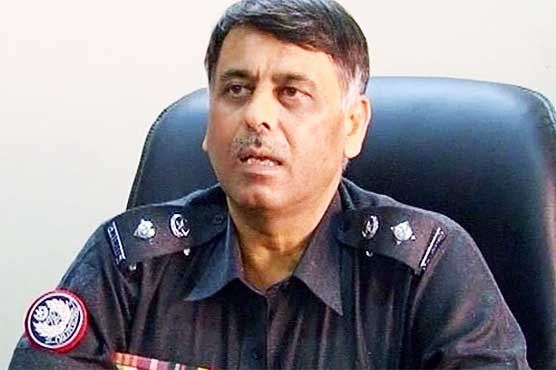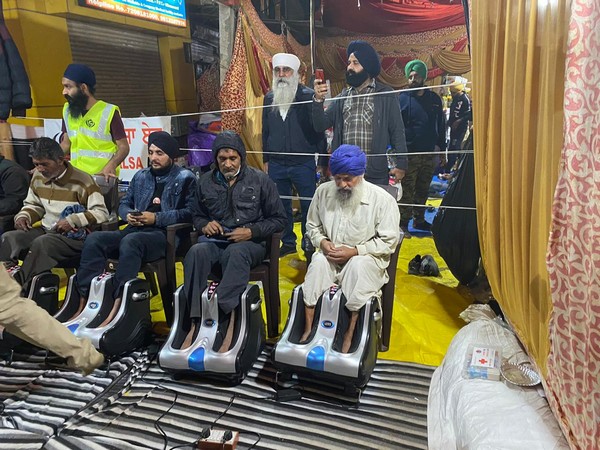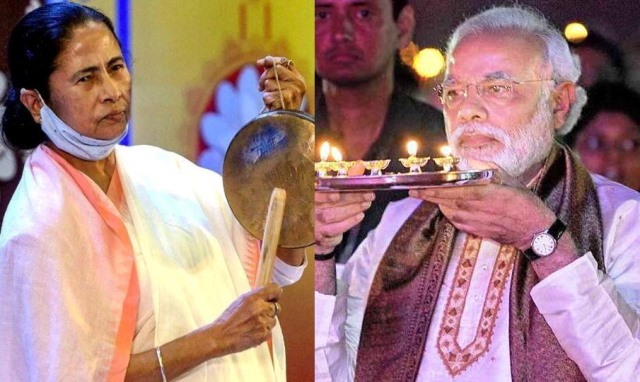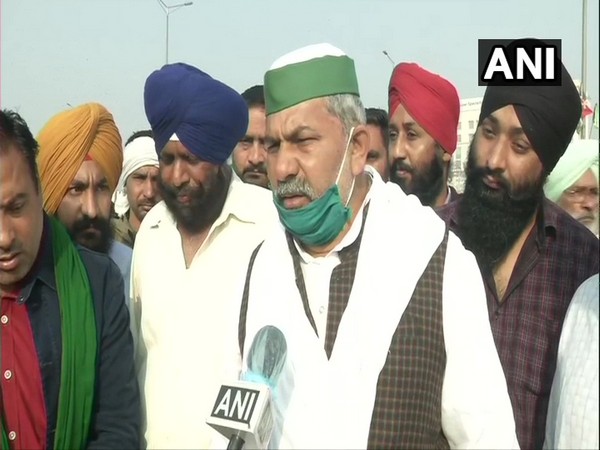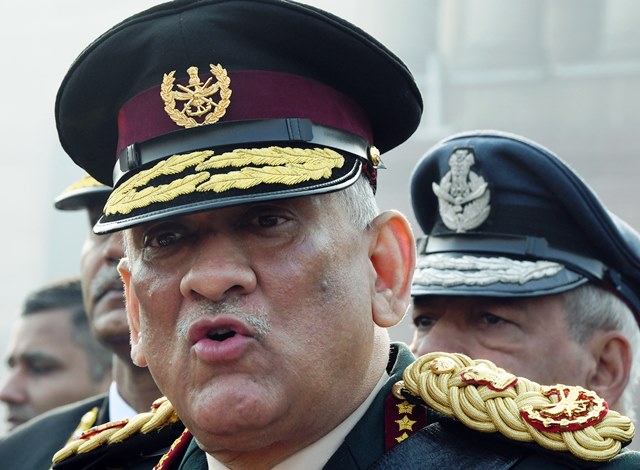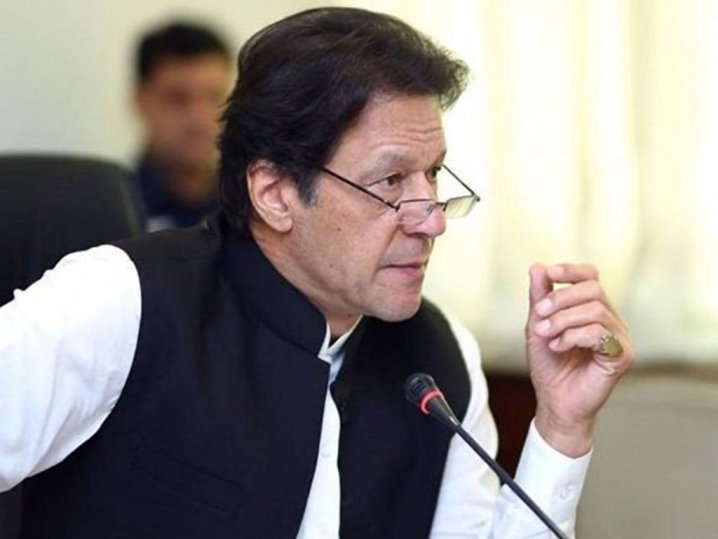The Poush Mela’, the famous winter festival at Viswa Bharati University in Santiniketan, was started by Devendranath Tagore, father of Rabindranath Tagore, in 1894. Over the years, it transformed into a collective celebration of arts, culture, music, craftwork, folk and oral traditions, dance and poetry. It would be held in an open ground on the campus where locals, adivasis, people from rural Bengal, and others, even from abroad, came over to participate, showcase their work, and sell their craftwork. The Mela is an annual event eagerly awaited by all those who celebrate the intrinsic beauty of ‘life and learning under the open sky’.
The
current vice-chancellor of this central university, in which the Prime Minister
is the chancellor, has stopped the festival. A wall has been constructed on the
traditional ground which was open to all those who live in the neighbourhood.
There have been protests against the wall by local residents and students of
Santiniketan, but the VC has not budged. “It was both a tribute to Tagore as
much as a reassertion of Bengali culture,” said Samirul Islam, president of the
Bangla Sanskriti Manch, which commands a strong support base among the
intelligentsia and locals, especially in this region of Birbhum. “Blocking the
festival is an attack on Bengali culture and its secular ethos. This is just
not acceptable.”
This
refrain finds echo in Mamata Banerjee’s political campaign. You cannot
undermine Bengali culture and Tagore in a land where both are deeply revered.
On Thursday, the Chief Minister urged people to expel “outsiders” from Bengal.
“BJP is a party of Delhi and Gujarat. They should return to those states… If
you want to fight elections in Bengal, do it without bringing outsiders,” she
said.
The
call came hours after BJP president JP Nadda’s convoy had come under attack
while he was on his way to Diamond Harbour in Kolkata. He escaped unhurt. The
Trinamool Congress called
it a stage-managed show. An adverse report by the Governor has triggered a
Centre versus State conflict scenario yet again. In the uproar, BJP leaders are
pointing fingers at the law and order situation in Bengal and at its ruling
party.
Meanwhile,
the Bengali-versus-outsider exhortation continues to be played by the TMC. A
few recent faux pas made by BJP leaders have only given credence to the
campaign. Amit Shah, in one of his recent visit to Bengal, garlanded a tribal’s
statue thinking that it belonged to great tribal revolutionary, Birsa Munda, a highly
revered figure among the adivasi community in Bengal. The TMC was quick
to criticize Shah on this goof-up. Nadda too erroneously posted on a social
media site that Tagore was born in Viswa Bharati. Tagore was born in his famous
ancestral house Jorasanko in Kolkata, and the whole of Bengal knows it.
Indeed,
the TMC’s constant targeting of the BJP proves that the saffron party has moved
from the margins into the mainstream, appropriating both CPM and TMC
supporters, while trying to position itself as the main opposition force. Some
of its top leaders now were big shots in TMC. On December 9, in a typical local
street corner rally in the bustling Garia market in South Kolkata, a local BJP
leader equated both the CPM and the BJP as birds of the same feather, while
glorifying Narendra Modi. He claimed, in a dark irony, that the Indian economy
is booming, and so is the GDP and Sensex.
With
a strong rhetoric against the minorities, and accusing Mamata Banerjee of
appeasement, the BJP is tapping into the incipient communal polarization still
festering in the post-Partition political unconscious of Bengal, especially
among those who arrived here as refugees from East Bengal. This is a wound
which the BJP wants to capitalize in a state which prides itself for its
inherited secular, progressive and enlightened ethos.
The
CPM is in a disarray. Its leadership, seems to be living in a warped time zone.
Their position is best described in the words of Biplab Mukherjee, social
activist, who said: “The theory, which seems to have gone down in its rank and
file, is that let the BJP come to power, then the Left will automatically
follow. Aage Ram, Pore Baam… (first Ram, then Left). This is a suicidal
line. The BJP will totally decimate them.”
The
CPM leadership seems to have rejected the appeal by Dipankar Bhattacharya,
general secretary of the CPI-ML (Liberation), which did very well in the Bihar
assembly polls recently. Bhattacharya declared that the Left should position
the BJP as enemy number one, and, thereby, first and foremost, the fight should
be against the politics of the BJP. If the BJP comes to power in Bengal, the
Left, already extremely fragile, will be finished in the state.
Political
observers are sure that the TMC is still the main scaffolding against communal
forces in contemporary Bengal. Even on December 9, in a massive rally among the
Scheduled Caste community of Matuas, Mamata Banerjee declared her total
opposition to the NRC-CAA, and in rally after rally, she has declared support
to the farmers’ struggle against the central laws. Her attack on the BJP is
frontal and forthright, and despite the BJP’s gains in the last Lok Sabha
polls, she remains the most formidable and popular leader in Bengal.
Indeed,
among other measures during the pandemic and the lockdown, her scheme of free
ration and rice to the poor across the state, and the relief operations in the
Sunderbans after the cyclone, has endeared her to the masses, though her
‘Government at your Door’ scheme, apparently a brainchild of Prashant Kishore,
is still a work in progress.
In
this context, the weak alliance between the Congress and CPM, with the CPM
playing second fiddle, is yet again making the tactical mistake of equating
both the TMC and the BJP as two sides of the same coin. This is bad politics.
By taking this line, the Left is only helping the BJP to gain a stronghold,
even while a large chunk of its erstwhile support base is voting and supporting
BJP.
The
TMC too, despite the strong hold and charisma of Mamata Banerjee, is reportedly
full of internal factionalism. The fissures are there for all to see. However,
not all its leaders, like Mohua Mitra, for instance, will jump ship to the BJP.
The fissures inside TMC are directly linked to the parallel power apparatus being wielded by Abhishek Banerjee, Mamata’s nephew. His opulent lifestyle and alleged ‘authoritarian’ behaviour, and his apparent control on the party organization and its resources, with Mamata looking the other way, seems to have alienated sections of the young vanguard, as well as the old guard.
The party’s rebels are calling it ‘dynasty politics’, while choosing to join the BJP, or waiting for a tactical time to jump ship, as its East Midnapur strongman Suvendu Adhikari seems to be doing right now. With Abhishek, without a mass base or a history of political struggle at the grassroots, literally calling the shots, the future of TMC remains a conjecture. However, as of now, Didi is still on a strong wicket, though it might not be all hunky dory for her in these assembly polls.



